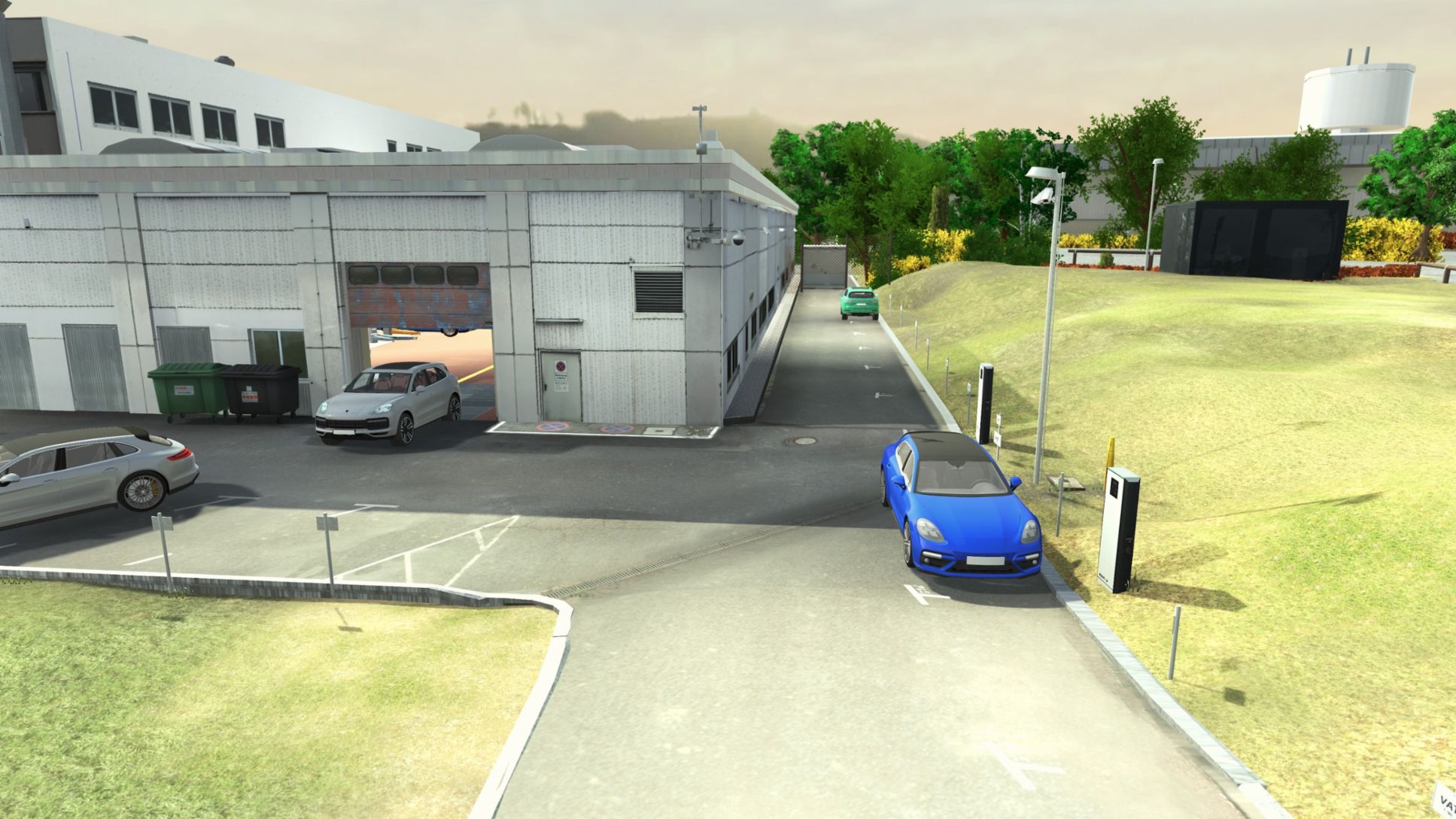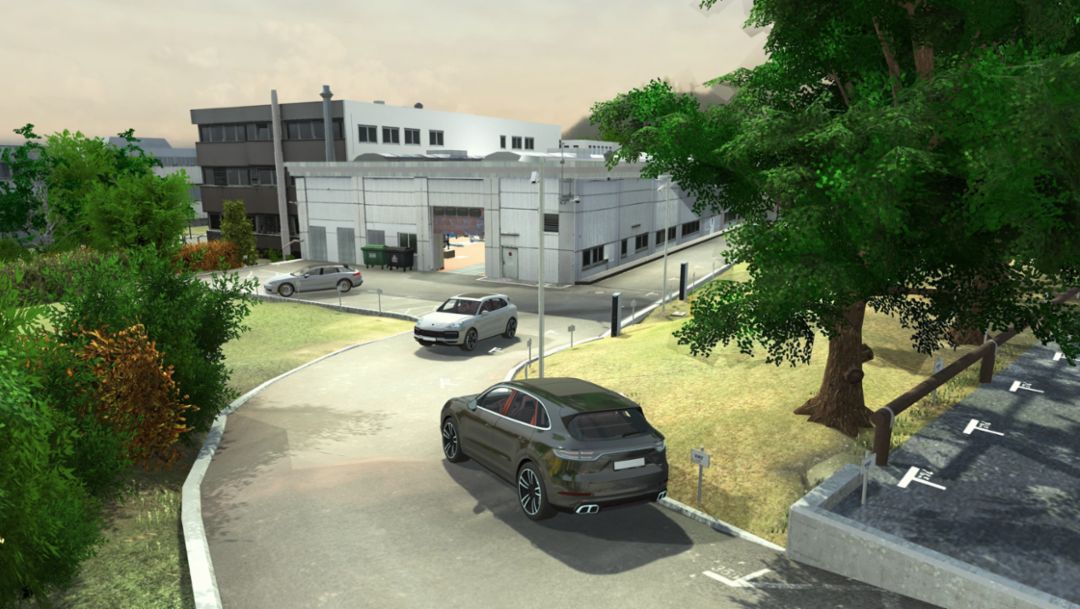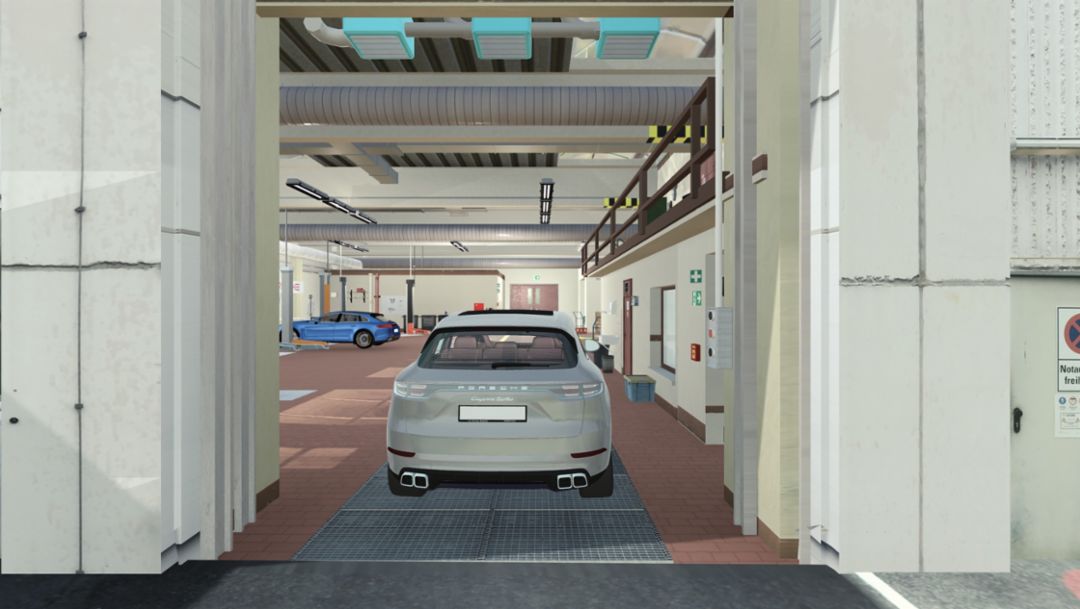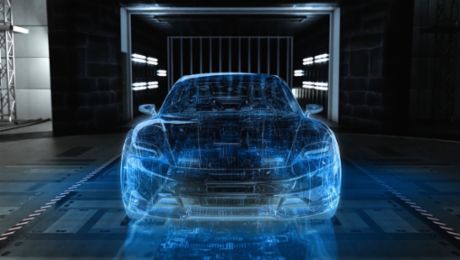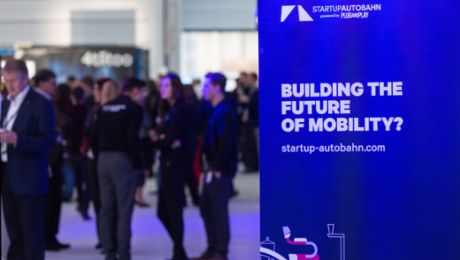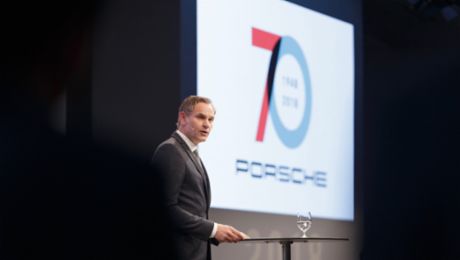This project involves Porsche working with start-up “Kopernikus Automotive” to install a test field on the company’s premises in Ludwigsburg. The young company from Berlin specialises in technology for self-driven cars, and the aim of the joint project is to enable vehicles to drive from their parking space to the lifting platform and back again, fully autonomously. It is intended that mechanics will be able to manoeuvre the sports cars to the correct position in the workshop, quickly and automatically, using a tablet.
“Autonomous driving will revolutionise our road traffic in just a few years. However, we can already use the technological possibilities available today to make work processes even more effective and efficient,” comments Alexander Haas, Project Manager for Automated Driving at the Porsche workshop. The project will be implemented within 100 days by experts from the fields of highly automated and assisted driving as well as aftersales technology, together with Kopernikus Automotive; the team will present the results at the Startup Autobahn “Expo Day” in Stuttgart’s Wagenhallen on February 21.
A virtual test run of approximately one million simulated test kilometres
Before the vehicles are driven into the workshop truly autonomously, the first step is to create the test site including workshop environment as a virtual representation, which is used to train an artificial neural network. It drives more than one million virtual test kilometres and learns independently on the basis of real framework data. Finally, the use case is tested under real conditions. “Our team will experience the use of autonomous driving in the workshop in test operation, and we want to learn from the team’s feedback,” comments Thomas Eckert, Head of Product Influencing in Aftersales.
The intention is that AI technology will then not only handle vehicle orientation, but also independently identify and localise objects, and plan paths. Extensive measures will be implemented to guarantee safety in the practical implementation stage of the test run, including a speed limit of seven kilometres per hour and the additional use of a human driver.
About Startup Autobahn
Porsche has been a partner in the Startup Autobahn innovation platform initiated since 2017, with the aim of bringing innovative start-ups from all over the world to Stuttgart with their ideas. Several companies have joined forces, including Porsche, Daimler, the University of Stuttgart, Arena 2036, Hewlett Packard Enterprise, DXC Technology, ZF Friedrichshafen and BASF, among others. Under the umbrella of Startup Autobahn, they collaborate with start-ups in specific pilot projects that run over a period of 100 days. Porsche has implemented around 50 projects as part of Startup Autobahn over the past two years, and around a third of results have been incorporated into the series development process.
